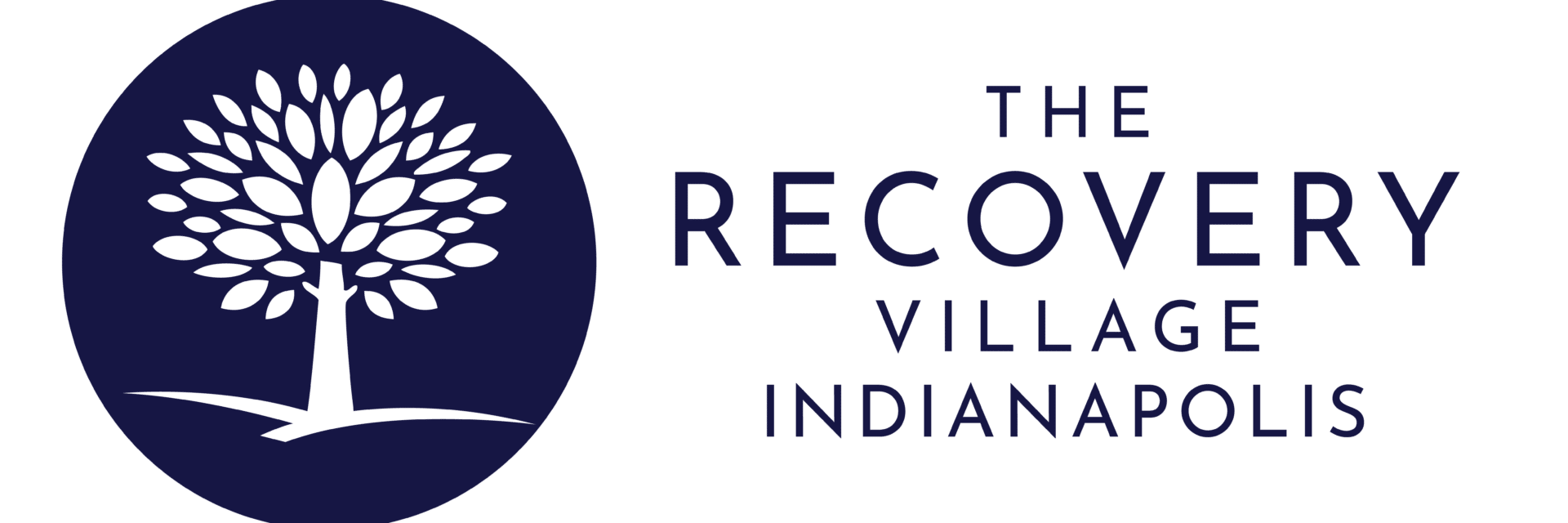Methadone is a synthetic opioid commonly used to manage pain and treat heroin addiction as part of medication-assisted treatment (MAT). Unlike heroin, methadone acts more gradually and does not induce a euphoric high at therapeutic doses. While it has been effective in helping individuals manage withdrawal symptoms and curb opioid cravings for over 40 years, the increased availability of methadone has also led to its misuse and abuse.
Methadone abuse can result in severe side effects, including life-threatening respiratory and cardiac complications. Long-term misuse often leads to addiction, characterized by dependency and a lack of control over drug use, with devastating impacts on relationships, work, and overall well-being.
Key Takeaways
- Methadone helps manage opioid withdrawal by suppressing cravings and reducing withdrawal symptoms.
- Misuse or abuse of methadone increases the risk of overdose.
- Side effects of methadone misuse include respiratory depression, seizures, and even death.
- Long-term use often leads to tolerance, dependency, and addiction.
- Treatment for methadone addiction includes detoxification, medications, and behavioral therapies.
Signs of Methadone Abuse
Methadone abuse often presents symptoms similar to those associated with other opioids. Common signs include:
- Drowsiness and fatigue
- Constricted pupils
- Confusion or hallucinations
- Constipation and nausea
- Vomiting or dry mouth
- Mood swings
- Decreased heart rate and blood pressure
- Vision problems
- Sexual dysfunction
Symptoms of Methadone Addiction
Methadone addiction can develop when long-term use or misuse leads to dependency. Symptoms of addiction include:
This Season, Give Yourself the Gift of a Fresh Start.
Whether you are struggling with addiction, mental health or both, our expert team is here to guide you every step of the way. Don’t wait— reach out today to take the first step toward taking control of your life.
- Intense cravings for methadone
- Using larger doses or for longer durations than prescribed
- Inability to control or stop methadone use
- Negative impacts on personal relationships and social life
- Failing to meet work or social responsibilities
- Avoiding social or work activities in favor of drug use
How Methadone Is Abused
Methadone is available in tablets, oral solutions, and injectable forms. When taken as prescribed for a short duration, it is generally safe. However, abuse occurs when individuals:
- Take larger doses than prescribed
- Use alternative methods of administration, such as injecting or snorting
- Extend the duration of use beyond medical recommendations
Methadone’s euphoric effects at high doses can make it a target for abuse, particularly among those already struggling with opioid addiction. Over time, misuse can lead to tolerance, requiring higher doses to achieve the desired effects, and eventually resulting in dependency and addiction.
Methadone Abuse: Facts and Statistics
- In 2015, there were 5,590 hospitalizations due to non-fatal methadone overdoses.
- Methadone accounted for 3,709 emergency room visits in the same year.
- In 2016, 3,373 deaths were attributed to methadone toxicity.
- The age-adjusted rate of methadone-involved overdose deaths decreased slightly from 1.1 in 2021 to 1.0 in 2022.
- The 2023 National Survey on Drug Use and Health reported 2.4% of people over the age of 12 (206,400 total) misused methadone in the previous year.
How Addictive Is Methadone?
Methadone’s addiction potential is high, comparable to opioids like morphine or oxycodone. Prolonged use often results in:
- Tolerance: Requiring larger doses to achieve the same effect.
- Dependency: Needing methadone to function normally.
Stopping methadone after long-term use can lead to withdrawal symptoms, including:
- Muscle and bone pain
- Diarrhea and vomiting
- Abdominal cramping
- Sleep disturbances
- Intense cravings
These symptoms can be severe, making it difficult for individuals to quit without professional help.
Short-Term Effects of Methadone Abuse
Methadone abuse can cause a variety of short-term side effects, such as:
- Dizziness and drowsiness
- Nausea and vomiting
- Restlessness and increased sweating
- Itchiness and constipation
- Sexual dysfunction in men
- Menstrual irregularities in women
Severe side effects include:
- Rash or hives
- Respiratory depression (slow or abnormal breathing)
- Pulmonary edema (fluid in the lungs)
- Decreased heart rate and blood pressure
- Seizures or coma
Long-Term Effects of Methadone Abuse
Prolonged methadone abuse can lead to serious health complications, including:
- Tolerance and Dependency: Increasing doses to achieve the same effect, leading to physical and psychological dependence.
- Addiction: Persistent use despite negative consequences in social, work, or personal life.
- Chronic Pain Sensitivity: Long-term use can worsen pre-existing pain or cause chronic pain.
- Mood Disorders: Increased risk of depression and anxiety disorders.
- Cardiac Issues: Higher risk of arrhythmia (irregular heartbeat).
- Respiratory Disorders: Chronic lung and respiratory problems.
Treatment for Methadone Addiction
Recovering from methadone addiction often requires a combination of medications and behavioral therapies. Common treatments include:
Medications
- Buprenorphine:
A partial opioid agonist that binds to opioid receptors with less intense effects than methadone. It can help manage withdrawal symptoms and reduce cravings. - Naltrexone:
This medication blocks opioid receptors to prevent relapse. However, it requires complete detoxification before use, as starting it too early can cause severe withdrawal symptoms.
Behavioral Therapies
- Cognitive-Behavioral Therapy (CBT):
Identifies thought patterns and behaviors that lead to drug use and helps develop coping strategies to resist cravings. - Motivational Enhancement Therapy (MET):
Focuses on increasing motivation to engage in treatment and make lifestyle changes. - Contingency Management:
Provides positive reinforcement, such as rewards or vouchers, for maintaining abstinence.
Methadone Detox and Rehab
For individuals with severe methadone dependence, treatment typically begins with medical detox to manage withdrawal symptoms safely. This is followed by inpatient or residential rehab, where individuals receive intensive therapy and support. After completing inpatient treatment, ongoing outpatient therapy and participation in support groups are crucial to maintaining long-term recovery.
Getting Help for Methadone Addiction
If you or someone you know is struggling with methadone addiction, help is available. The Recovery Village Indianapolis provides comprehensive care tailored to each individual’s needs, from medical detox to inpatient rehab programs. Our evidence-based approach combines medication, therapy, and support to guide you toward lasting recovery.
Take the first step toward a healthier future. Contact The Recovery Village Indianapolis today to learn more about our methadone addiction treatment programs. You don’t have to face this alone—let us help you on your journey to recovery.


